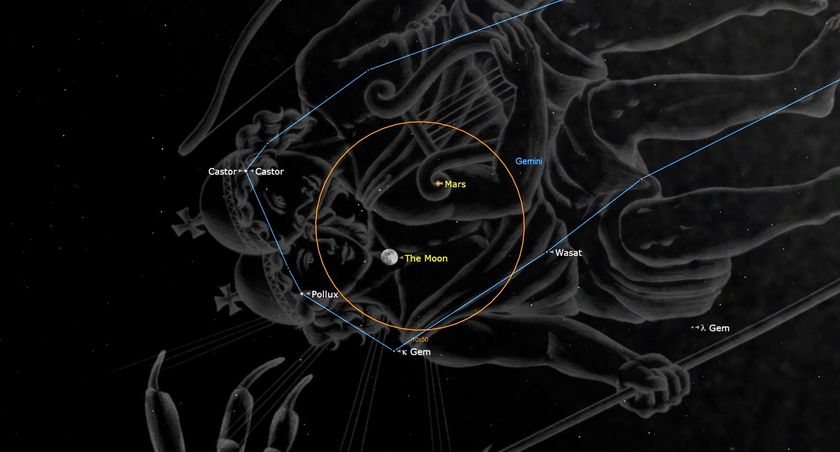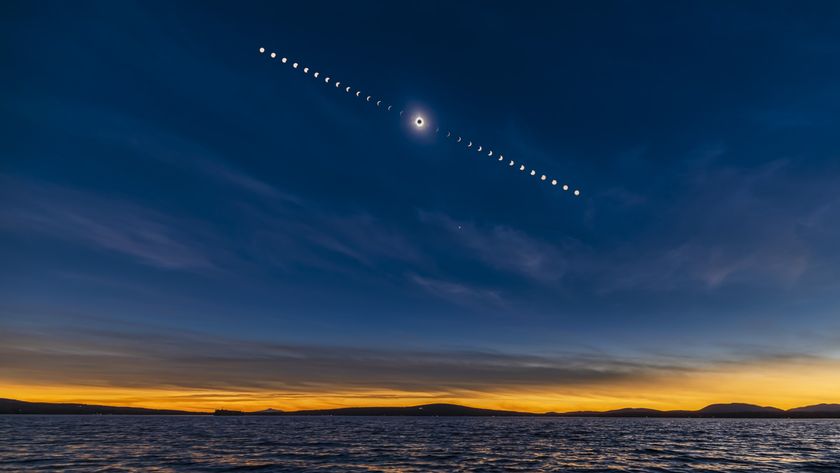First Meteor Shower of 2013 Peaks This Week
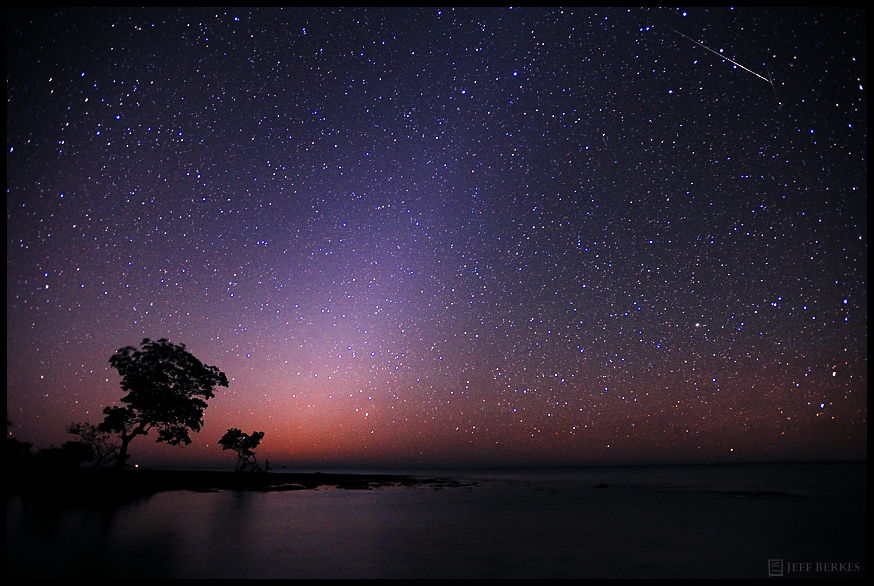
The first meteor shower of 2013 will kick off the year's night sky events this week, giving stargazers a chance to ring in the New Year with a celestial fireworks display.
The Quadrantid meteor shower is an annual meteor shower every January. While this year's "shooting star" show is not expected to outshine some of the more spectacular meteor showers of 2012, it may give stargazers with clear, dark skies a great start to the New Year.
"Those who brave the cold might see up to 40 meteors per hour, although moonlight will make faint meteors harder to spot," officials with the Hubble Space Telescope explained in a January skywatching video guide.
The waning gibbous moon will be out in full force during the shower's peak, but skywatchers in dark areas of the Northern Hemisphere during the wee hours of Thursday morning might still get a decent show.
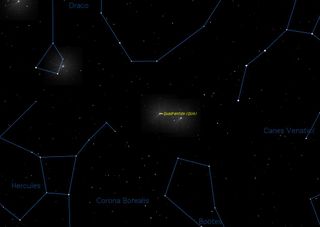
Scientists suspect that the meteors of the Quadrantids are debris from the asteroid 2003 EH1 — the same source of the Geminid meteor shower every December. The asteroid itself may be a chunk from a shattered comet that broke into pieces several hundred years ago, NASA officials said in a statement.
The Quadrantid meteor shower occurs when the Earth passes through a stream of debris from the comet. The fragments slam into the atmosphere at 90,000 mph (144,841 kph) and burn up 50 miles (80.5 km) above the planet in a dazzling display.
The meteor shower is named for the outdated Quadrans constellation, which is no longer recognized by astronomers, NASA officials said.
Get the Space.com Newsletter
Breaking space news, the latest updates on rocket launches, skywatching events and more!
"Located between the constellations Bootes and Draco, Quadrans represents an early astronomical instrument used to observe and plot stars," they added.
However, the constellation was still relevant in 1825, when the meteor shower was first documented by astronomers.
Just in case you aren't interested in braving the cold, NASA is streaming the shower for free online from Jan. 2 to Jan. 4. NASA's Marshall Space Flight Center in Huntsville, Ala., has a light-activated camera pointed to the sky to record and live-stream the meteor shower during its peak.
Editor's note: If you snap an amazing photo of the Quadrantid meteor shower and would like to share it with SPACE.com, contact us at spacephotos@space.com
Follow Miriam Kramer on Twitter @mirikramer or SPACE.com @Spacedotcom. We're also on Facebook & Google+.
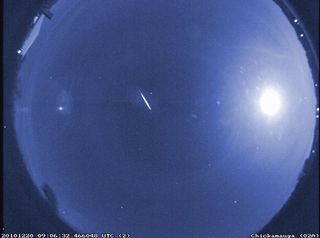
Join our Space Forums to keep talking space on the latest missions, night sky and more! And if you have a news tip, correction or comment, let us know at: community@space.com.

Miriam Kramer joined Space.com as a Staff Writer in December 2012. Since then, she has floated in weightlessness on a zero-gravity flight, felt the pull of 4-Gs in a trainer aircraft and watched rockets soar into space from Florida and Virginia. She also served as Space.com's lead space entertainment reporter, and enjoys all aspects of space news, astronomy and commercial spaceflight. Miriam has also presented space stories during live interviews with Fox News and other TV and radio outlets. She originally hails from Knoxville, Tennessee where she and her family would take trips to dark spots on the outskirts of town to watch meteor showers every year. She loves to travel and one day hopes to see the northern lights in person. Miriam is currently a space reporter with Axios, writing the Axios Space newsletter. You can follow Miriam on Twitter.
